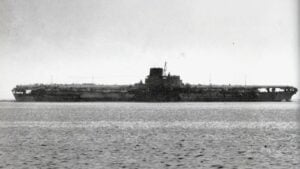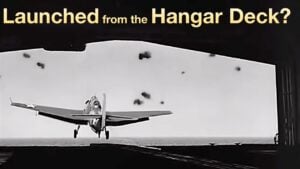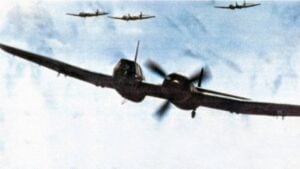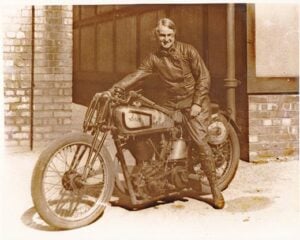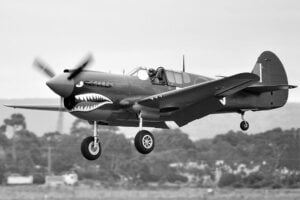Which WW2 Jet Was The Best? ME 262 vs Meteor
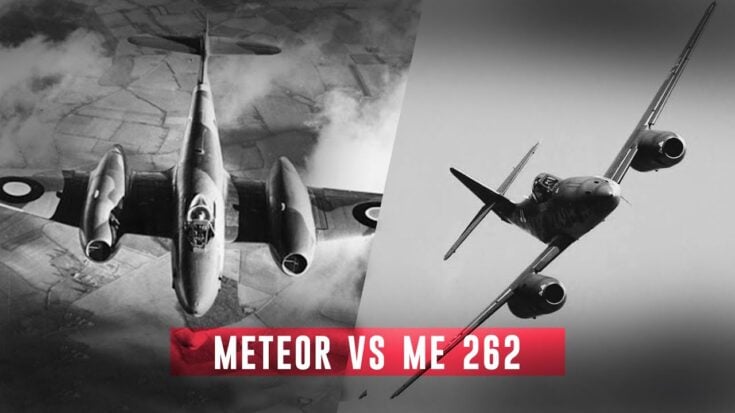
YouTube / Australian Military Aviation History
World War II saw the dawn of jet-powered flight. By war’s end, both Britain and Germany had deployed operational jet fighters—but they never clashed in combat. On one side was the German Messerschmitt Me 262, a technological marvel; on the other, the British Gloster Meteor, a more conservative but practical machine. Aviation fans have long asked: if they had met in battle, who would have won?
The Pioneers Take Flight
The Me 262 made history as the world’s first operational jet fighter in 1944. Sleek, fast, and futuristic, it could outrun any Allied aircraft by 100 to 150 mph. With four 30 mm cannons, it could devastate bombers in seconds. But it was plagued by fragile engines, long production delays, and a late-war Luftwaffe running short on fuel, spares, and trained pilots.
View this post on Instagram
Meanwhile, Britain’s Gloster Meteor entered service weeks later. It lacked the Me 262’s raw speed but was built around more reliable centrifugal-flow engines. It proved dependable, easy to maintain, and far safer to operate. Meteor squadrons intercepted V-1 flying bombs and patrolled Allied skies, though RAF high command kept them from venturing into German airspace.
View this post on Instagram
Head-to-Head Comparison
Speed: The Me 262 wins easily, topping out near 560 mph. Early Meteors lagged behind at around 450 mph.
Firepower: The Me 262’s 30 mm cannons packed more punch, but had a slow rate of fire and poor accuracy. The Meteor’s four 20 mm Hispanos had higher velocity and were easier to aim—especially with gyro gunsights.
View this post on Instagram
Handling & Reliability: The Meteor had the edge here. It was sturdier, easier to service, and had more forgiving engines. Me 262s often flamed out if throttled too fast and required constant maintenance.
Tactics & Legacy: The Me 262 dominated in boom-and-zoom attacks but was vulnerable during takeoff and landing. The Meteor, though less glamorous, kept flying and evolving postwar—eventually fighting in Korea. The 262, meanwhile, was a dead-end, hamstrung by its timing and Germany’s collapsing infrastructure.
View this post on Instagram
Genius vs Reliability
The Me 262 was the more advanced jet—it pointed the way to the future. But the Meteor was the jet you could count on.
Had they met in combat, the Me 262 likely would’ve had the upper hand—faster, harder-hitting, and tactically dominant. But in a prolonged campaign, the Meteor’s durability and higher sortie rate might have tipped the scales.
The Me 262 was brilliant but brittle. The Meteor was modest but enduring. One defined what jet combat could become. The other proved what jet combat needed to be.














